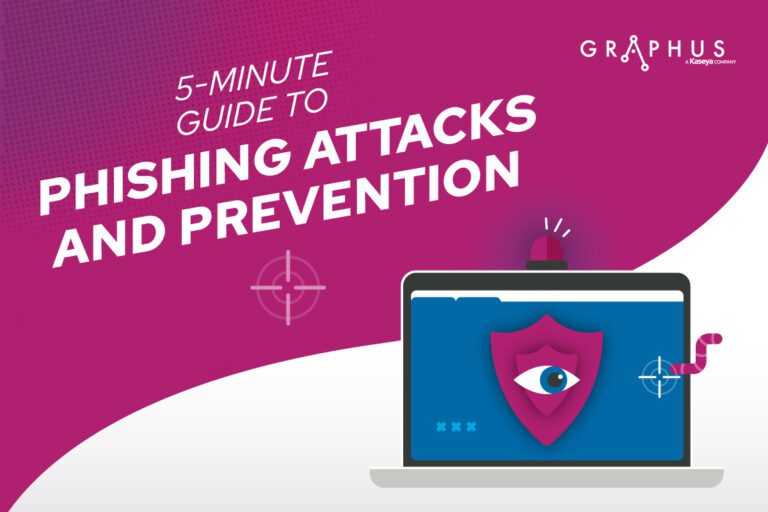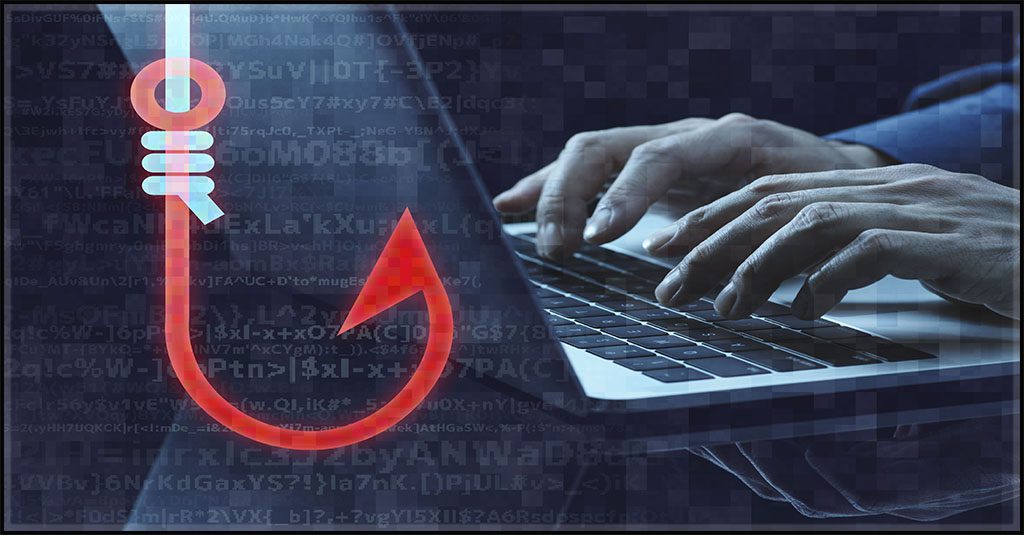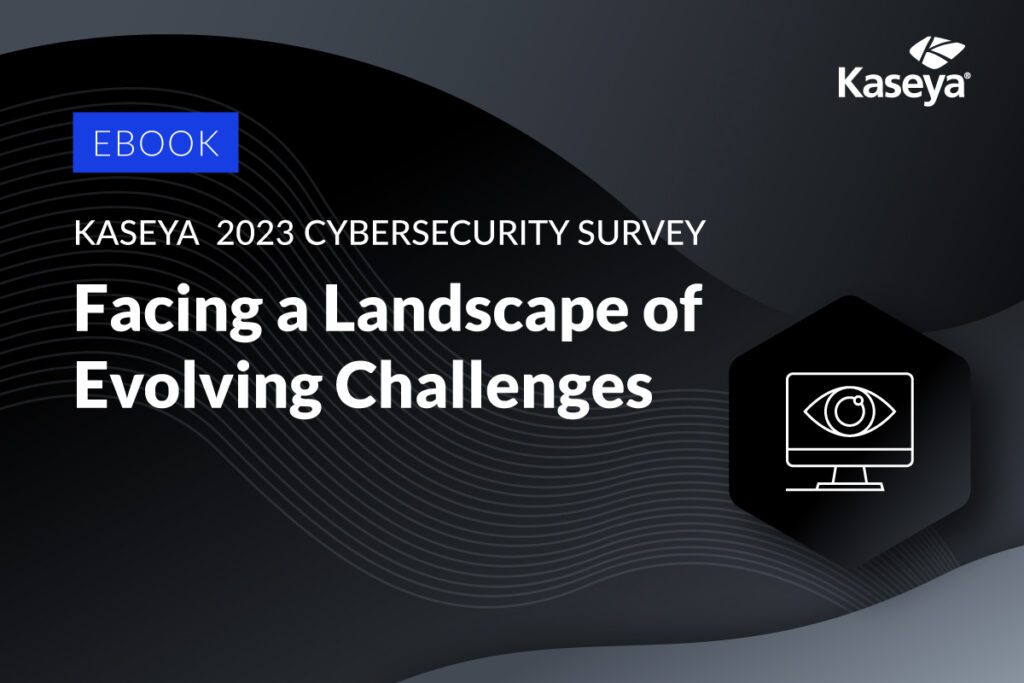Block Sophisticated Attacks: Announcing the Guide to AI Phishing Detection

Thousands of New Hampshire residents recently received a surprising phone call — a pre-recorded message from President Biden. The message sounded like President Biden used his speech cadence and vocabulary, and encouraged New Hampshire residents not to vote in the upcoming primary election. The catch? The entire message was a fake, created with an AI-generated version of President Biden’s voice.
AI is everywhere right now, for better or worse. It’s helping companies find new efficiencies, powering digital assistants and running customer service chatbots. Unfortunately, cybercriminals are also employing AI tools to improve their productivity. Tools like generative AI have made it easy for bad actors to run more sophisticated phishing scams than ever before at scale.
That’s why organizations’ IT teams need an AI ally of their own to fight back against AI-enabled cyberattacks: AI email security. Our latest guide gives you a comprehensive look at the best technologies on the market for email security and phishing protection.
Read on for a quick overview or go directly to the guide.
Smishing? Vishing? Pharming?
The buzzwords and acronyms that fly around the cybersecurity world can be confusing. After all, the evolution of cybercrime terminology has been just as fast as the evolution of cybercrime. That’s why we’ve included a glossary of phishing terms that breaks down what they mean and why they matter.
In addition to learning the differences between the phishing attack varieties employees may encounter, you’ll also see how scammers are evolving their tactics to carry out dangerous cyberattacks that are often precipitated by phishing, including:
- Business email compromise (BEC) attacks
- Account takeover (ATO) attacks
- Brand impersonation attacks
- Spear phishing
- Conversation hijacking
- Social engineering
- Whaling
The true cost of phishing
We tend to measure the consequences of a data breach in dollars and cents. Make no mistake, a data breach is expensive, reaching a record high of $3.93 million in 2023. However, an organization incurs an array of hidden costs in the wake of a data breach. Our guide explores the total cost of phishing, including hits to productivity, IT team burnout, long-term repercussions and even how a loss of trust affects customer relationships.
Possible consequences of phishing
- Financial Loss: Phishing attacks often target sensitive financial information such as credit card details or login credentials for online banking accounts, leading to unauthorized transactions and financial loss.
- Identity Theft: Phishing scams may result in the theft of personal information, including Social Security numbers, which can be used for identity theft purposes, such as opening fraudulent accounts or applying for loans.
- Data Breach: Phishing attacks can compromise sensitive data within organizations, leading to data breaches. This can result in reputational damage, legal consequences, and financial penalties for businesses.
- Compromised Accounts: Phishing attacks may grant unauthorized access to email, social media, or other online accounts, allowing attackers to send spam, steal additional information, or conduct further malicious activities using the compromised accounts.
- Malware Infections: Phishing emails often contain malicious attachments or links that, when clicked, can install malware on the victim’s device. This malware can steal data, track activities, or provide remote access to the attacker.
- Ransomware Attacks: Phishing emails may deliver ransomware, a type of malware that encrypts the victim’s files and demands payment for their release. Ransomware attacks can disrupt business operations and lead to significant financial losses.
- Reputation Damage: Individuals or organizations that fall victim to phishing attacks may suffer damage to their reputation, as customers, clients, or partners lose trust in their ability to protect sensitive information.
- Legal Consequences: Depending on the nature of the phishing attack and the data compromised, individuals or organizations may face legal consequences, including regulatory fines for non-compliance with data protection laws.
- Loss of Productivity: Dealing with the aftermath of a phishing attack, such as restoring compromised systems, educating employees, and implementing security measures, can consume significant time and resources, leading to a loss of productivity.
- Psychological Impact: Falling victim to a phishing attack can have psychological consequences, including stress, anxiety, and a sense of violation or vulnerability, particularly if personal or sensitive information is stolen.

Learn how to identify and mitigate malicious and accidental insider threats before there’s trouble! GET EBOOK>>
How (and why) to level up security
Every email platform has some level of phishing protection built in, but they’re definitely not all the same. In this guide, you’ll learn about the most frequently used types of email security solutions and why they can miss the mark. You’ll see some red and green flags when considering your options for email security and why it’s a good idea to upgrade to AI-driven email security.
Our guide illustrates what a next-generation, AI-driven email security solution can do for you. You’ll see why implementing email security that harnesses the full power of AI gives businesses unbeatable protection against phishing and other email-based cyberthreats without overtaxing your IT team or your budget.

Learn how to spot today’s most dangerous cyberattack & get defensive tips in Phishing 101 GET EBOOK>>
Insights from the experts
We asked innovative leaders in cybersecurity to share their thoughts on AI and phishing. These trusted voices include:
- Chuck Brooks, President, Brooks Consulting International
- Vishal Dixit, Co-founder and CTO, Graphus
- Ron Eddings, CEO, Hacker Valley Media
- Josh Makador, Cybersecurity Professional
- Dale Meredith, Cybersecurity Author, Trainer and Consultant

In The Educator’s Guide to Cybersecurity, see the cyber threats that schools face & how to mitigate them. DOWNLOAD IT>>
Get intelligent guidance for your AI-enhanced future
As phishing attacks get more sophisticated, it’s high time you get AI on your side as well. Intelligent phishing detection can help counter the most advanced attacks while also reducing false positives that can drain your IT team’s time and resources.
AI Phishing Detection: How to Protect Against Sophisticated Attacks is a free resource for anyone who needs to upgrade their security to keep ahead of scammers. No gates, no downloads — just information you can use.
Check out the guide now: AI Phishing Detection: How to Protect Against Sophisticated Attacks.

See the challenges companies face & how they’re overcoming them in The Kaseya Security Survey Report 2023 DOWNLOAD IT>>
Kaseya’s Security Suite Keeps Businesses Out of Phishing Trouble
Kaseya’s Security Suite has the tools that MSPs and IT professionals need to mitigate phishing risk effectively and affordably, featuring automated and AI-driven features that make IT professionals’ lives easier.
BullPhish ID — This effective, automated security awareness training and phishing simulation solution provides critical training that improves compliance, prevents employee mistakes and reduces a company’s risk of being hit by a cyberattack.
Dark Web ID — Our award-winning dark web monitoring solution is the channel leader for a good reason: it provides the greatest amount of protection around with 24/7/365 human and machine-powered monitoring of business and personal credentials, including domains, IP addresses and email addresses.
Graphus — Automated email security is a cutting-edge solution that puts three layers of AI-powered protection between employees and phishing messages. It works equally well as a standalone email security solution or supercharges your Microsoft 365 and Google Workspace email security.
Kaseya Managed SOC powered by RocketCyber — Our managed cybersecurity detection and response solution is backed by a world-class security operations center that detects malicious and suspicious activity across three critical attack vectors: endpoint, network and cloud.
Datto EDR — Detect and respond to advanced threats with built-in continuous endpoint monitoring and behavioral analysis to deliver comprehensive endpoint defense (something that many cyber insurance companies require).
Vonahi Penetration Testing – How sturdy are your cyber defenses? Do you have dangerous vulnerabilities? Find out with vPenTest, a SaaS platform that makes getting the best network penetration test easy and affordable for internal IT teams.
Learn more about our security products, or better yet, take the next step and book a demo today!

Read case studies of MSPs and businesses that have conquered challenges using Kaseya’s Security Suite. SEE CASE STUDIES>>